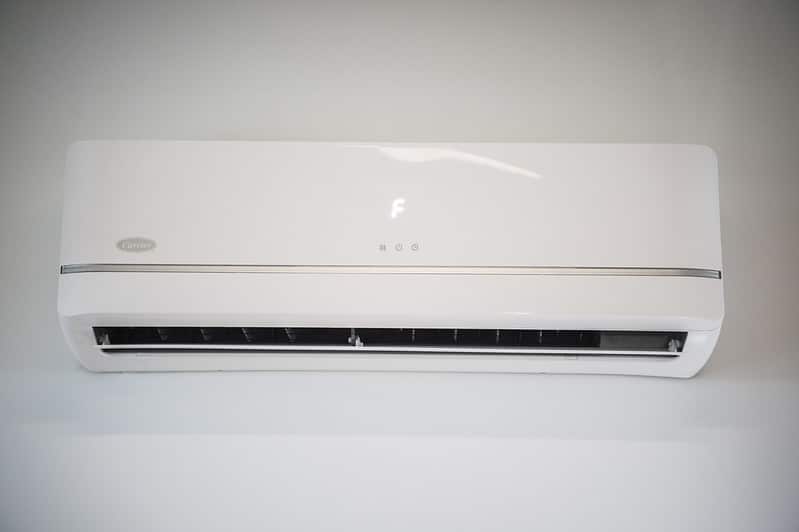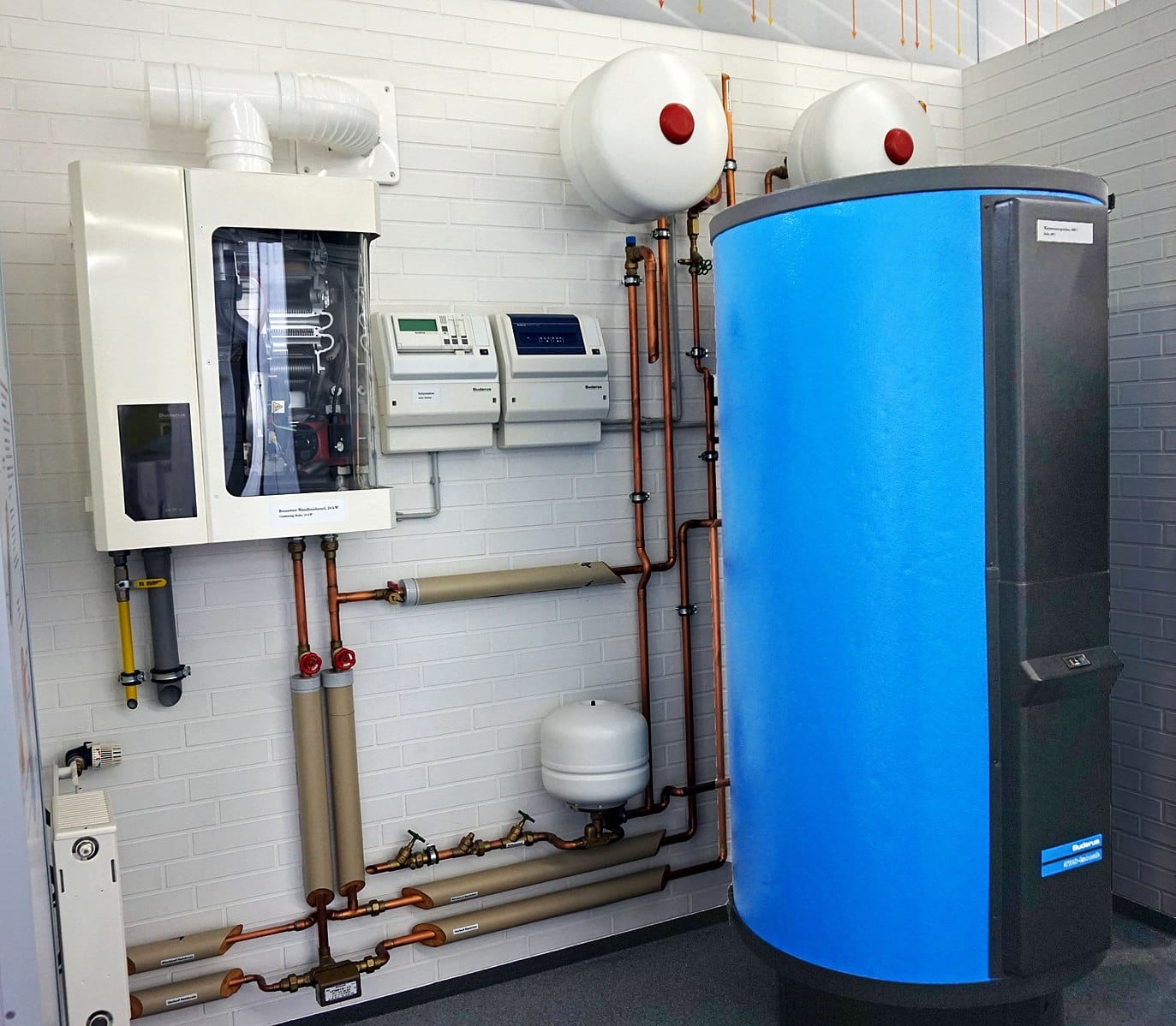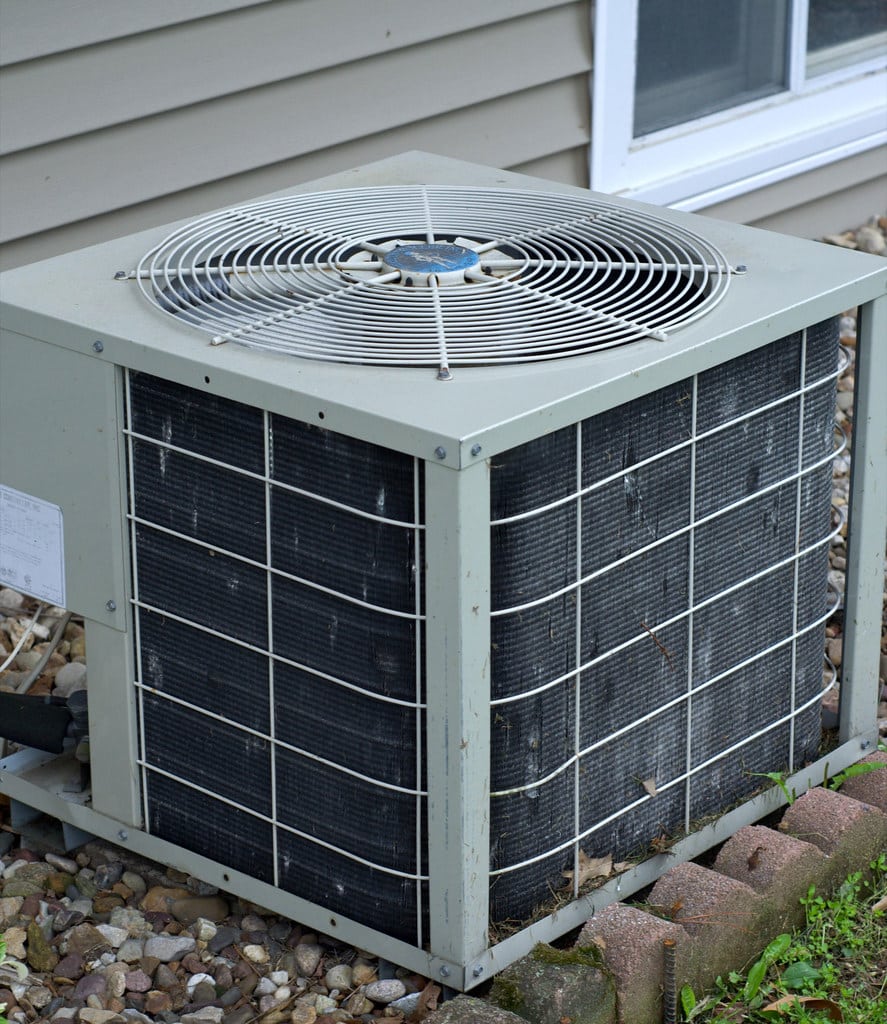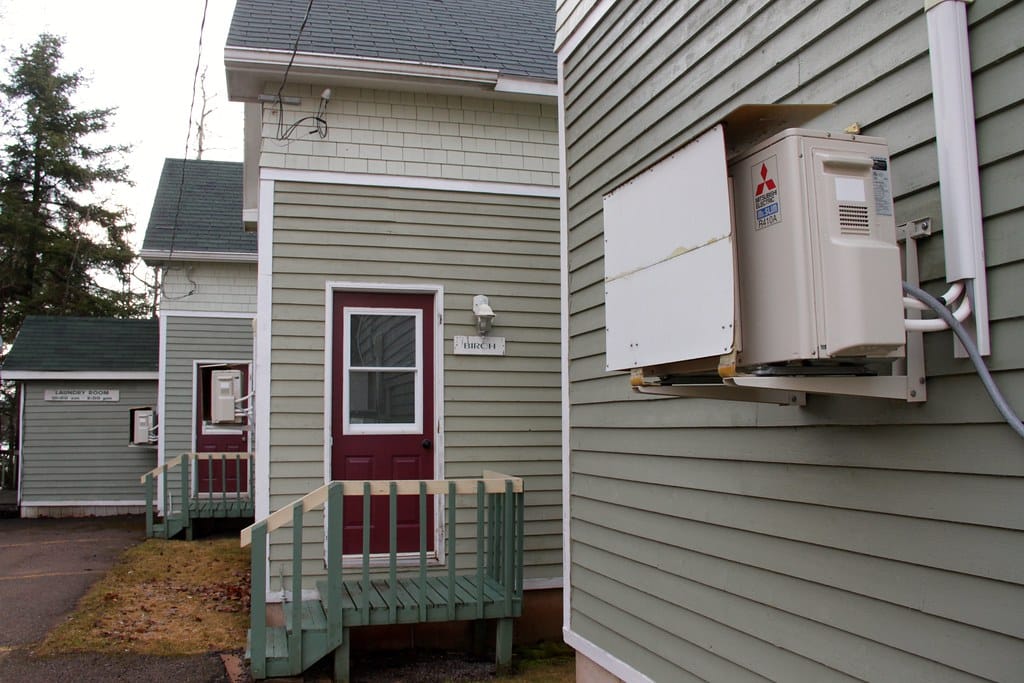8 Common Types of HVAC Systems, Ranked for Sustainability
In this guide to HVAC systems, we’ll discuss:
- What types of HVAC systems are available for homes
- How sustainable each type of HVAC system is
- Pros and cons of each type of system
Why You Can Trust EcoWatch
We work with a panel of experts to create unbiased reviews that empower you to make the right choice for your home. No other HVAC site has covered the root issues as long as EcoWatch, which means we’re dedicated to pointing you in a sustainable direction. Our rankings are never affected by revenue or partnerships.
Heating, ventilation and air-conditioning (HVAC) systems are a critical part of any home. Not only do they control temperature, but many types keep your home and appliances protected from dust, mold and humidity.
There are many different types of HVAC systems on the market, so it’s critical to learn about each one to know which is best for your home as prices do vary. For instance, if you live in a warmer climate, you may not need a heating system, but you’ll probably want to prioritize a durable and efficient air-conditioning system.
The most common types of HVAC systems typically fit into one of the following categories:
- Split system
- Hybrid split system
- Packaged heating & air cooling
- Zoned system
- Duct-free mini-split
- Hydronic heating
- Portable spot cooler
- Portable heat pump
If you’re thinking about upgrading your HVAC system, you’ll want to consider what HVAC system components you currently have in place at your home (including ductwork, radiators, and piping) and what additional features (such as purifiers and humidifiers) may be needed to provide the best indoor air quality and airflow in your home.
HVAC Contractors We Recommend

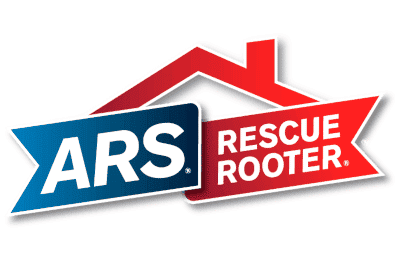
Regional Service
Average cost
ARS Rescue Rooter
-
Focus on energy efficiency
-
Positive customer reviews
-
15+ years in business
-
Outstanding social impact
-
Strong warranty
-
Offers eco-home systems (heat pumps, solar, etc)
-
Financing options available
-
Available in fewer than 25 states
Services Offered
-
HVAC
-
Geothermal
-
Plumbing
-
Energy Efficiency
-
Smart Home
-
Insulation
-
Electrical
-
Emergency
-
Commercial HVAC


Regional Service
Average cost
Service Experts Heating
-
Wide availability (25+ states)
-
Positive customer reviews
-
15+ years in business
-
Outstanding social impact
-
Strong warranty
-
Offers eco-home systems (heat pumps, solar, etc)
-
Offers money-saving membership programs
-
No emergency service
Services Offered
-
HVAC
-
Geothermal Plumbing
-
Insulation
-
Fireplaces
-
Air Quality Control
-
Smart Thermostats


Local Service
Average cost
Michael & Son
-
Variety of services offered
-
Positive customer reviews
-
15+ years in business
-
Outstanding social impact
-
Offers money-saving membership programs
-
Financing options available
-
Only available in 1-3 states
Services Offered
-
HVAC
-
Plumbing
-
Electrical Work
-
Air Quality Control
-
Remodeling
-
Restoration
-
Emergency Service
Jump To: Sustainable Heating and Cooling Systems | Mini-Split Heat Pump | Geothermal Heat Pump | Solar HVAC Units | Electric Furnace/AC System | Hybrid Heat (Dual Fuel) HVAC Systems | Boiler/AC System | Furnace/AC Split System | Heat Pump/Air Handler Split System | FAQ
Sustainable Heating and Cooling Systems
As consumer demand has shifted towards more energy-efficient and sustainable home solutions, the HVAC market has followed suit. A sustainable HVAC unit is not only a better choice for the planet, but it’s more cost-effective too.
Heating and cooling account for roughly 55 percent of the energy usage in a home and roughly 40 percent in the average commercial building.1 Choosing an energy-efficient system can help to reduce energy costs and keep those utility bills low.
In this article, we’ll dive a little deeper into specific types of HVAC systems that will save you money due to their sustainable operation.
Mini-Split Heat Pump
Average Cost of Installation: $3,500
Average Lifespan: 20 to 30 years
A mini-split heat pump is a duct-free system, making it a great choice for homeowners who don’t have ductwork already installed. It’s also an excellent option for homes with multiple residents because each room has its own unit and thermostat to control the heating and air-conditioning. And don’t be confused by the name — mini-split heat pumps aren’t just for cold weather, as they have cooling split systems, too. The options available allow you to heat or cool between one and five zones and there are indoor and outdoor components.
The average cost of a mini-split heat pump is $3,500, but can run from $1,300 to $8,000 depending on size and brand. Ductless mini-split systems are energy efficient — ductwork can account for more than 30 percent of energy consumption in homes with a central air conditioner.2 Still, you’ll want to be sure to choose Energy Star compliant heating and cooling systems.
Pros of Mini-Split Heat Pumps
- More energy efficient
- Smaller size
- Flexibility for zoning (heating and cooling different rooms)
- Easy to install
Cons of Mini-Split Heat Pumps
- Installation may be more expensive compared to standard heating and cooling systems (although financial incentives and rebates are available)
- Each indoor unit may need to be individually sized
- The best location for the cooling unit may not be where it looks best
- Visible system
- Outdoor component requires a place to discharge condensate water
Geothermal Heat Pump
Average Cost of Installation: $12,000
Average Lifespan: 25 to 50 years
Geothermal heat pumps — also called GeoExchange, earth-coupled, ground-source or water-source heat pumps — have been around since the late 1940s. Unlike air-source heat pumps which operate based on the ever-changing outside air temperature, geothermal systems use the relatively constant temperature of the Earth (45 to 75 degrees) to supply hot air or cold air to your home, and can supply hot water as well.
While the average cost of a geothermal heat pump is between $2,000 and $5,000, full-system installations can range between $10,000 and $40,000 depending on where you live and the size of your home. However, the cost to install a geothermal system may be returned to you in energy savings within five to 10 years.3
In the winter, geothermal systems pull cool air from your home and run it through pipes to warm it up underground, then send the warm air back up through the blower. The process is reversed in the summer. Geothermal heat pumps can work with or without ductwork, depending on the type of system.
There are four main types of geothermal heat pumps — horizontal loop, vertical loop, pond loop and open-loop. Horizontal and open-loop systems are typically less expensive, but homeowners will want to talk with a professional HVAC technician to find out which system is best for their home.
Pros of a Geothermal Heat Pump
- Can heat, cool and provide hot water to your home
- Quieter than traditional systems
- Require little maintenance
- Energy efficient and clean energy option
- May last between 25 and 50 years
Cons of a Geothermal Heat Pump
- Expensive
- May require landscape alterations
- Often need a backup heat source for cold days (furnace or electric heating supplements) that may cut into your energy savings
- Limited service options, as not all HVAC technicians are familiar with geothermal heating units
Solar HVAC Units
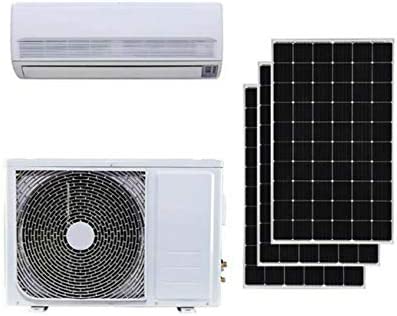
Average Cost: $5,000
Average Lifespan: 15 to 20 years
A solar thermal or solar-powered air-conditioning unit can help you reduce your energy bills and your carbon footprint. Solar thermal systems rely on flat metal plates to collect the sun’s heat, while solar-powered HVAC systems use electrical energy produced by the photovoltaic (PV) panels to power your system — similar to standard electrical air systems.
A solar AC unit is a good option for homeowners who don’t need a full solar panel installation, but still want to take advantage of the benefits of solar energy. The average solar HVAC system costs between $3,000 and $8,000 with installation.
Pros of a Solar HVAC Unit
- Clean and renewable energy source HVAC system
- Can work with an off-grid home
- You may be eligible for financial solar incentives
Cons of a Solar HVAC Unit
- Not every home is a good candidate for solar
- Some units may not work at night
- Can be expensive
- Shorter average lifespan compared to other systems discussed in this article
Electric Furnace/AC System
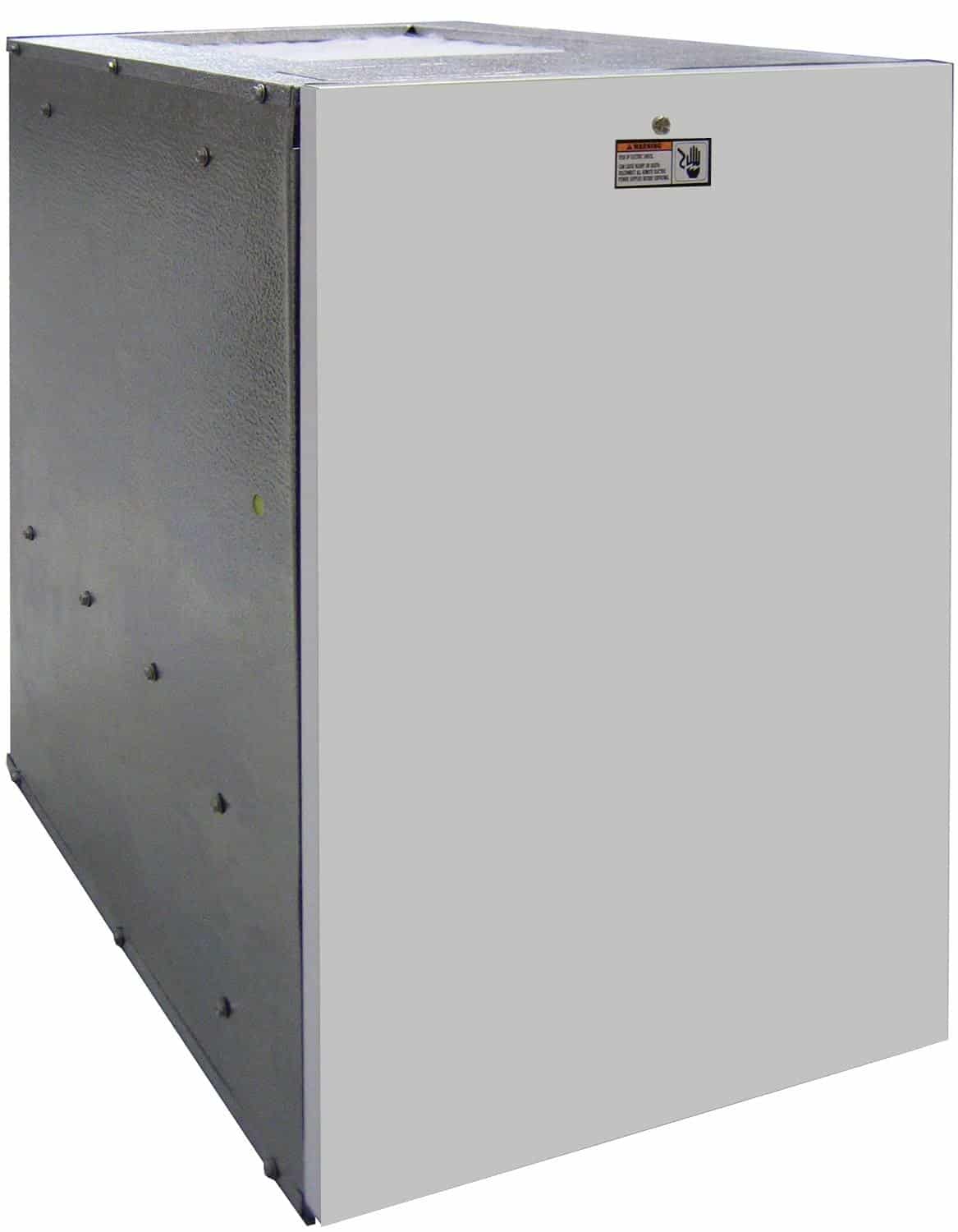
Average Cost : $6,000
Average Lifespan: 18 to 24 years
A combination electric furnace and electric cooling system is a much more eco-friendly option compared to the more-popular option of coupling a gas furnace with electric AC. Air ducts are required for an electric furnace/AC system.
The average cost for an electric furnace is $4,000. (For the combination system, you can expect to pay around $6,000 installed.) The cost of installing an electric furnace is typically cheaper than installing an oil furnace ($4,500 to $10,000) and on par with or cheaper than a mid- or high-efficiency natural gas furnace ($1,700 to $9,700).
Electric furnaces and AC systems use electricity to push warm or cool air throughout your home. While it’s cheaper than installing typical gas or oil systems, electricity costs can become astronomical if your home requires a lot of heat, making this type of HVAC system best suited for homes in warm climates.
Pros of an Electric Furnace/AC System
- More affordable compared to a standard oil or gas furnace
- A more eco-friendly alternative, especially if paired with a renewable energy source
- Eliminates the risk of gas or oil leaks
Cons of an Electric Furnace/AC System
- Can increase electric costs
- Not suited for homes that require a lot of heat
- Shorter average lifespan compared to other systems discussed in this article
Hybrid Heat (Dual Fuel) HVAC Systems
Average Cost: $7,250
Average Lifespan: years
For homeowners who want an electric heat source but live in a cold weather climate, a hybrid heat — also called “dual fuel” — HVAC system may be suitable. Similar to a hybrid vehicle, a hybrid heat HVAC system uses both electric and gas or oil heating methods depending on which is more efficient.
The electric heat pump will be the primary heating source until temperatures drop below 40 degrees, at which point the system will then switch over to the gas or oil furnace. Some experts estimate that a hybrid heating system can save the average homeowner between 30 and 50 percent in energy costs per year. A study by Sustainable Technologies also found that switching to a dual fuel system can reduce the carbon footprint of natural gas heating by 30 percent.4
However, installing a dual fuel system will cost you a pretty penny — on average, the cost to install a hybrid heat HVAC system is between $4,500 to $10,000. If you already have an existing pump, you can add on a dual fuel system for $2,500 to $6,000.
Pros of a Hybrid Heat Dual Fuel HVAC System
- Extremely energy efficient
- Can substantially reduce utility bills
- Tax credits or rebates are often available
- Using electricity for the majority of heat needs is more sustainable
Cons of an Hybrid Heat Dual Fuel HVAC System
- High up-front costs
- Takes up more space compared to other units
Boiler/AC System
Average Cost: $12,000
Average Lifespan: 10 to 15 years
While a furnace uses hot air to heat your home, a boiler uses hot water (or rather the steam from hot water) to do so. Homes with boiler systems don’t typically have all of the ductwork required for air-conditioning systems, so you’ll have to add on a separate system (like a ductless mini-split) to cool your home.
The national average boiler installation costs between $9,000 and $15,000 — costs may vary depending on the size of your home, your energy source and which type of boiler you install. Boilers need to be regularly maintained.
If you choose to install an AC system, you’ll have to factor in those costs separately.
There are three main types of boiler systems: Water boilers, steam boilers or combination “combi” boilers. Combi boilers are most expensive, but eliminate the need to install a separate water heater. Boilers also need to be powered by an energy source (oil, gas or electricity) in order to work.
Pros of a Boiler and AC System
- Boilers tend to be more energy efficient because water heats up faster and retains heat better than air does
- Heats homes more evenly
- Quiet
- No risk of sending allergens or polluted air particles into your home
Cons of a Boiler and AC System
- High up-front costs
- Shorter lifespan compared to other systems discussed in this article
- Needs frequent maintenance
Furnace/AC Split System
Average Cost: $6,500
Average Lifespan: 15-25 years
A furnace and air-conditioning split system has both indoor and outdoor components, connected by a copper refrigerant line set. The outdoor equipment includes a compressor for cooling and a condenser for heating, while the indoor equipment has an air handler for cooling and an evaporator coil for heating.
The average cost of a furnace and AC split system is $6,500, with a range of between $4,000 and $9,000.
This type of HVAC system is common for homes with central heating and air- conditioning, as it requires a duct system. The furnace portion of this split HVAC system works with natural gas, propane or oil.
Pros of a Furnace and AC Split System
- You can better customize to the needs of your home, especially in larger residences
- More cost-effective compared to other systems
- Indoor equipment is mostly hidden
Cons of a Furnace and AC Split System
- Blower component can transport odors, dust and allergens throughout the home
- Works with a duct system, which can lead to energy waste
- Dries out the air significantly more than other systems
- Uses less eco-friendly energy sources
Heat Pump/Air Handler Split System
Average Cost: $7,000
Average Lifespan: 15 years
Another type of HVAC split system is a combination of the heat pump and air handler. With this system, the heat pump is the outdoor unit, which works to cool your home by cycling warm air inside the refrigerant to the outside, while bringing in cooler air from the outside at the same time (and in reverse for heating). The air handler inside the home circulates cold or hot air through an air blower.
The average cost to install a heat pump and air handling unit is around $7,000. Fortunately, these types of split systems typically cost less to operate. However, prices can run up quickly for homes that need a lot of heat, so they may not be the best choice for homeowners who live in cold weather states.
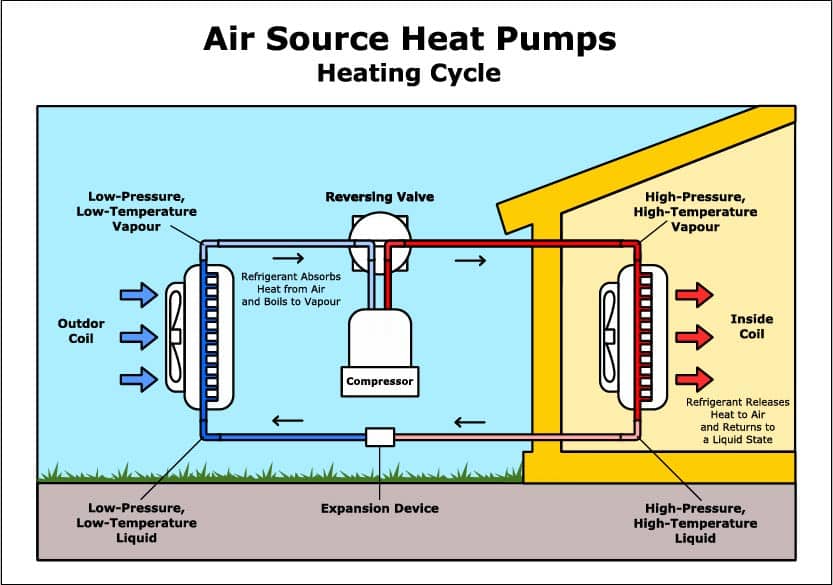
With a traditional heat pump system, the inside unit only moves air, but doesn’t generate heat. This also means you won’t have a monthly bill for a heat fuel source.
Pros of a Heat Pump/Air Handler System
- Significantly cheaper to operate compared to furnace or boiler HVAC systems
- Highly efficient
- Can significantly reduce energy costs
Cons of a Heat Pump/Air Handler System
- Requires ductwork
- More expensive up-front costs
- Takes up space
- Not a good option in cold weather climates
FAQs: Types of Heating and Cooling Systems
To tell if your HVAC system is electric or gas, look at the front of the heater. If you see a blue flame and hear a gas burner, it’s gas. Electric units won’t have this window and are generally silent.
If you have outdoor and indoor equipment, you have a split system. If your outdoor unit has a large fan and indoor you have a furnace (in the basement or attic), you have a furnace/AC split system.
If you have an indoor blower unit that’s not blowing hot air you likely have a heat pump outside (they look a lot like regular AC systems). If you have a heat pump installed outside and a furnace installed inside, you may have a hybrid heat pump system.
If you only have one large unit installed outside or on your roof, you have a packaged system, although these are more common for commercial buildings.
If you’re unsure, the best way to find out what type of HVAC system you have is to have a professional HVAC technician come to your home.
According to the U.S. Department of Energy, most U.S. homes are heated with either furnaces or boilers, but the agency says energy efficiency upgrades can cut your fuel bills and your furnace’s pollution in half.5 When it comes to cooling, most homes either have room air conditioners or a central air conditioner.6
HVAC stands for heating, ventilation, and air-conditioning, so an HVAC system includes air-conditioning along with the other components. On the other hand, an air-conditioning system is only for cooling.
Related Articles
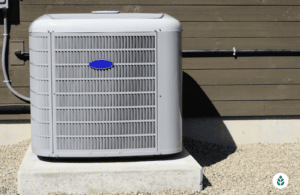

 233k
233k  41k
41k  Subscribe
Subscribe 



 Focus on energy efficiency
Focus on energy efficiency  Available in fewer than 25 states
Available in fewer than 25 states  HVAC
HVAC 
